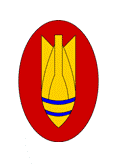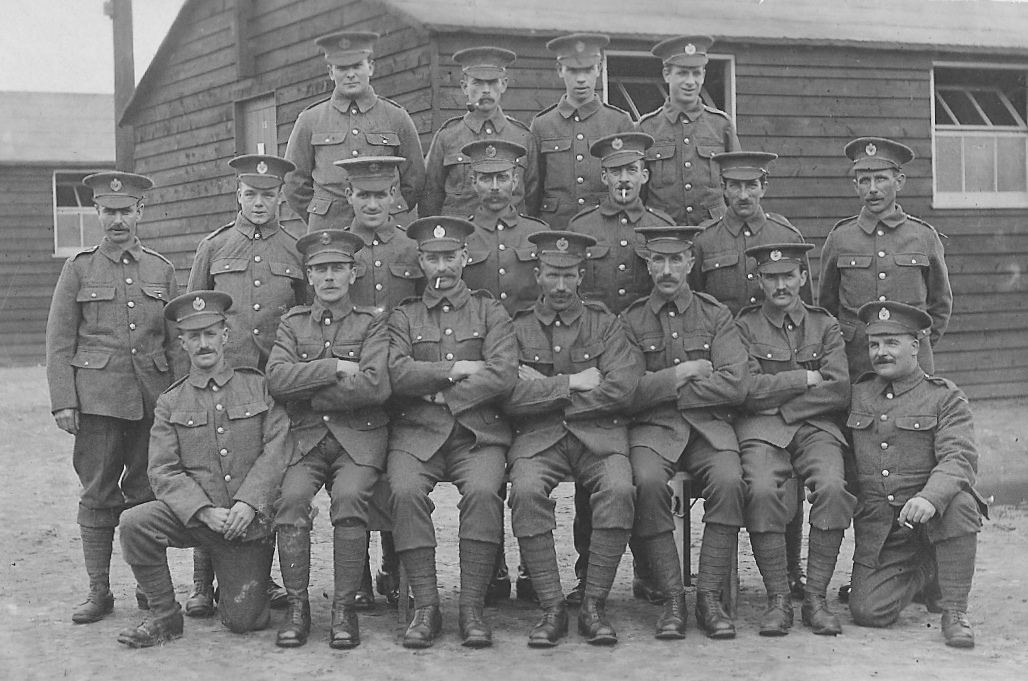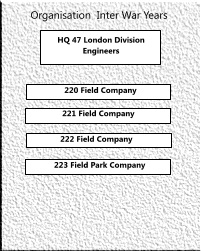

101 (City of London) Engineer Regiment
(Explosive Ordnance Disposal)
Regimental Association
Regimental History - Inter War 1919-1939
The Interwar Years
|
 |
 |
Commentary47th (2nd London) Division began to reform at home on 16 February 1920.[7][21][109] At first, the divisional RE was to reform as two battalions: 3 and 4 Bns (2 London), then only 3 Bn was proceeded with. When the TF was reconstituted as the Territorial Army (TA) in 1921, the battalion idea was dropped and the divisional RE adopted the following organisation: 220 (2nd London) Field Company 221 (2nd London) Field Company 222 (2nd London) Field Company 223 (2nd London) Field Park Company – absorbed into Divisional RE HQ on 1 May 1924 The signal company transferred to the new Royal Corps of Signals as 47th (2nd London) Divisional Signals. In the coal strike of April 1921 a Defence Force was formed, drawing its personnel from the TA, many of whom did not rejoin the unit after the political crisis had ended. Recruitment was also hampered by the migration of working Londoners away from Chelsea.[114] Mechanisation of the unit began in 1934.[115] To meet the growing threat of air attack, a number of TA units began to be converted to the anti-aircraft (AA) role during the 1930s. On 16 December 1935, 47th (2nd London) Divisional HQ was redesignated 1st AA Division, and a number of London infantry battalions were converted. The remaining battalions and the divisional assets were pooled under 56th (1st London) Divisional HQ, which became simply the London Division; 47th Division provided the divisional RE of the merged formation. |
||



